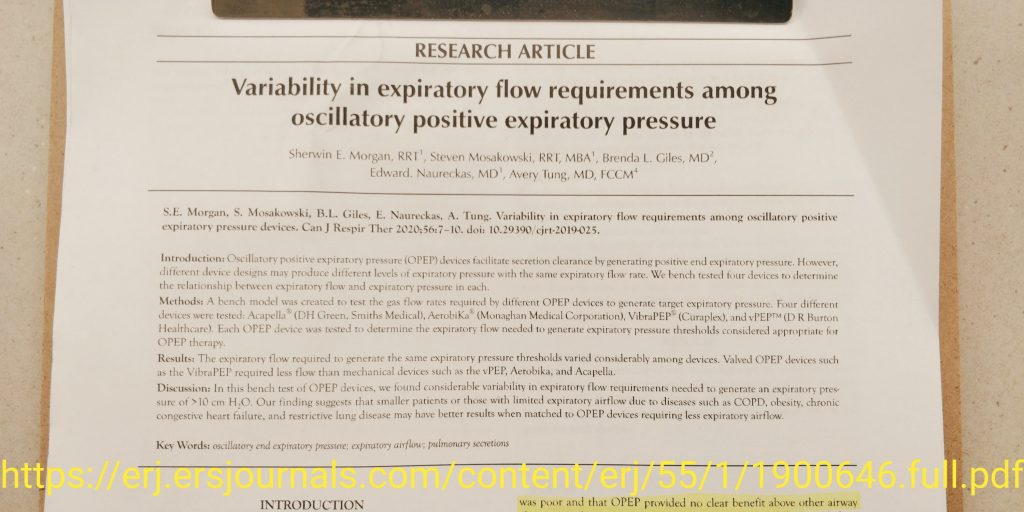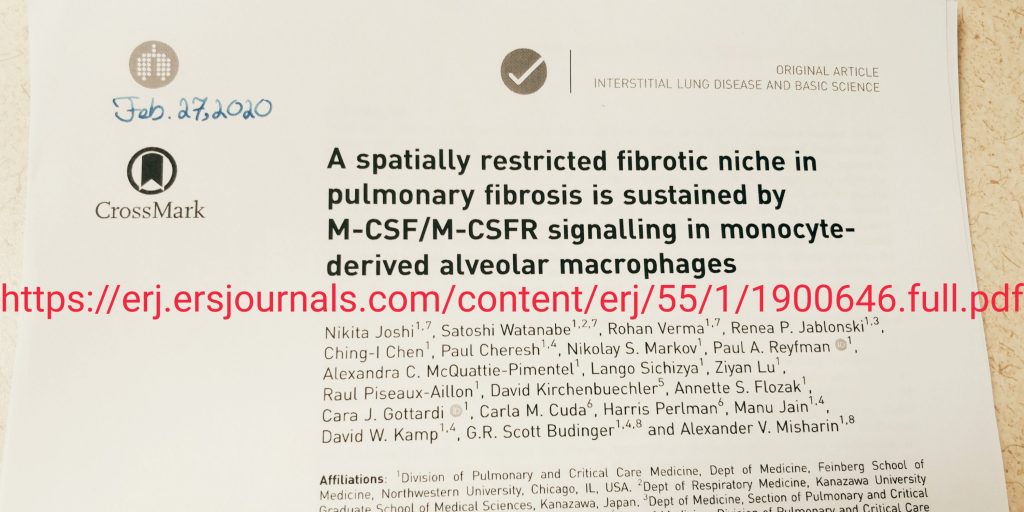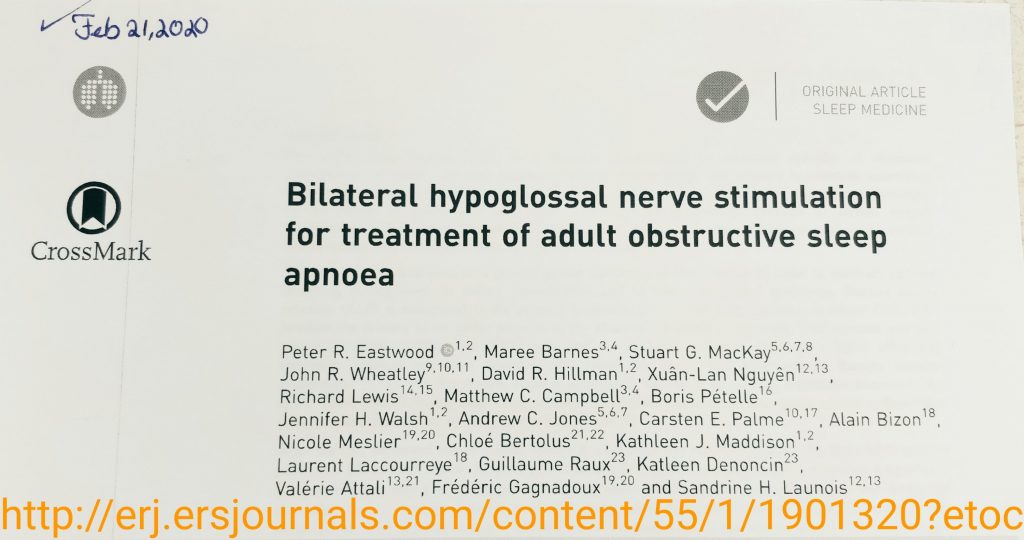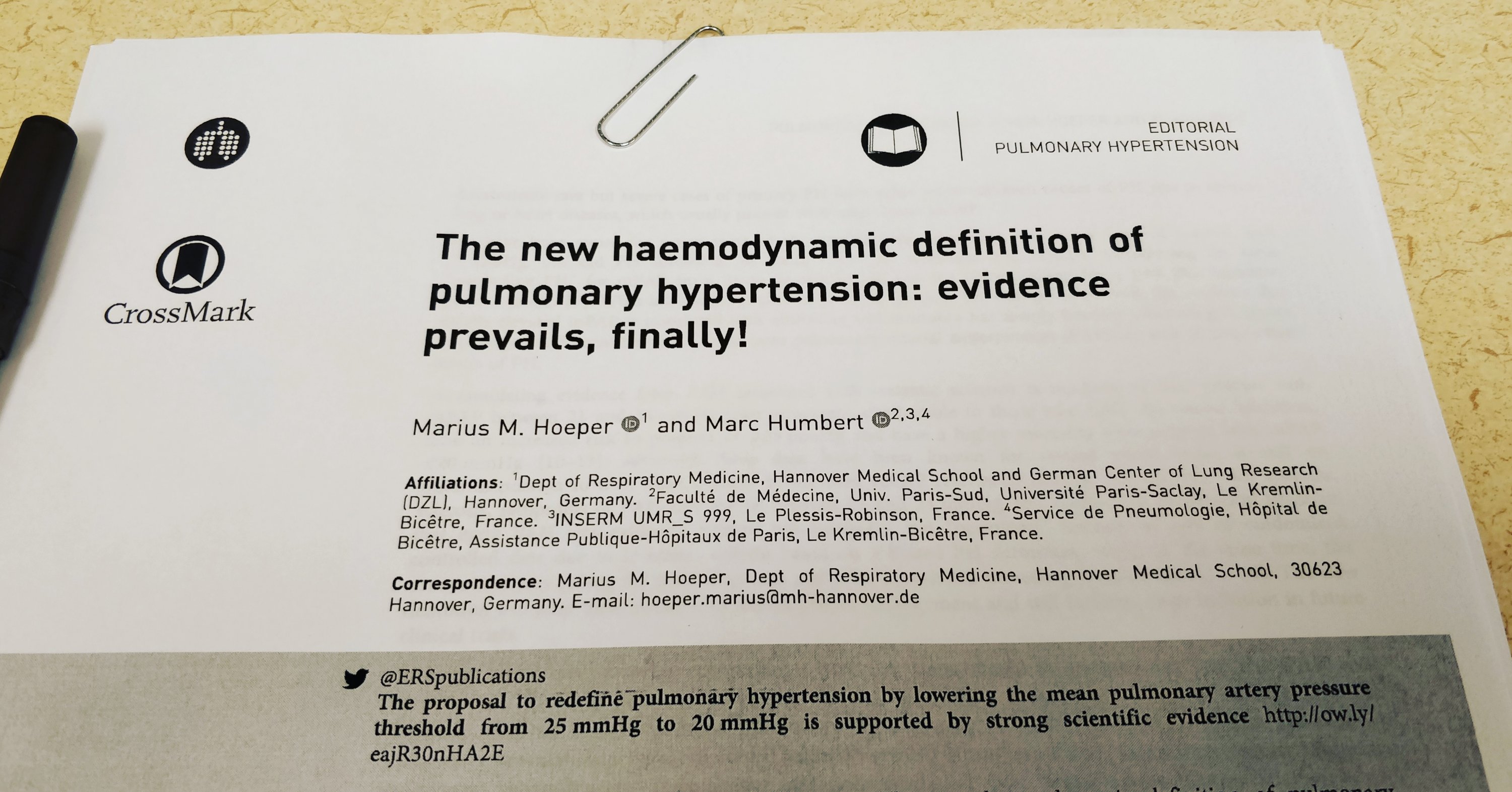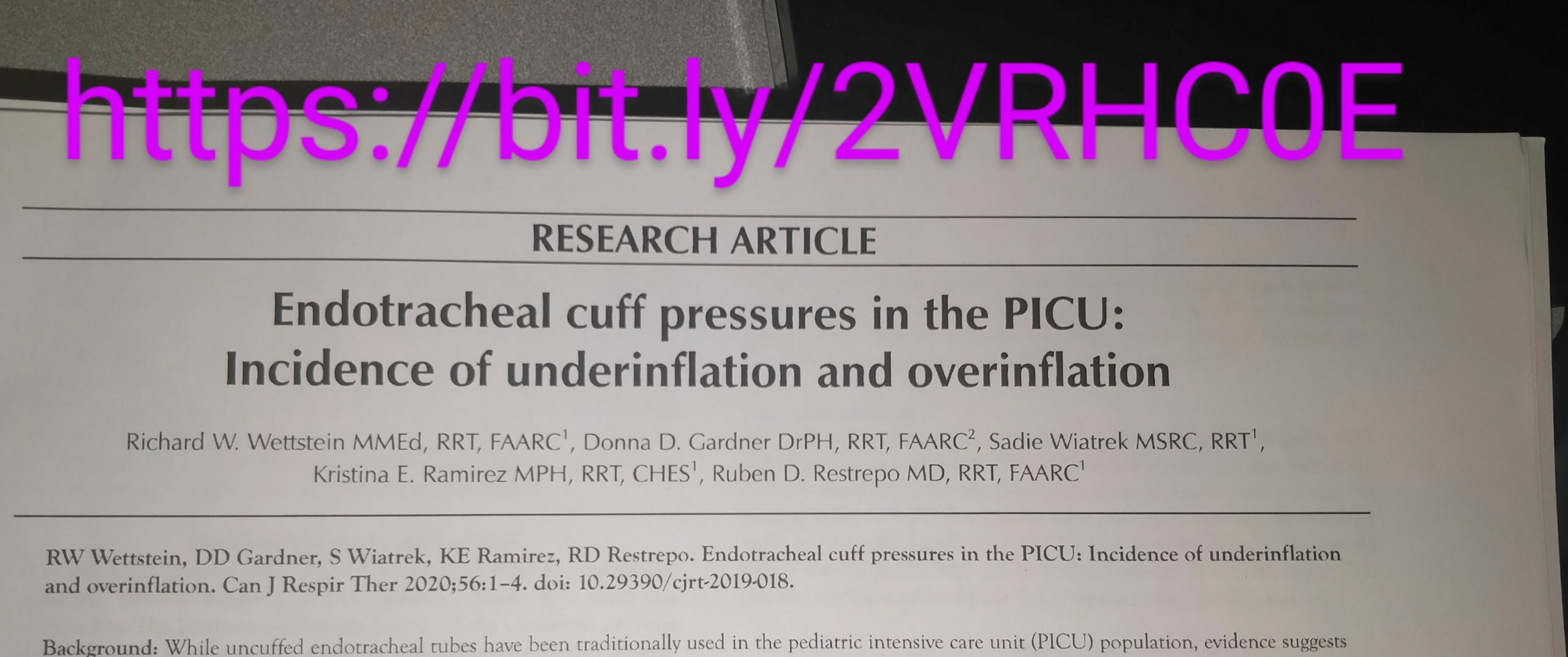
Every month I try to read an open-access article. After reading the article, I share the tittle and associated link with my followers. This is to encourage clinicians to read articles, stay up to date, and continue to grow.
I found an article on April 25th, 2020. I spent a few days with it, and now I share it with you.
Endotracheal cuff pressures in the PICU: Incidence of underinflation and overinflation
Richard W. Wettstein MMEd, RRT, FAARC, Donna D. Gardner DrPH, RRT, FAARC, Sadie Wiatrek MSRC, RRT, Kristina E. Ramirez MPH, RRT, CHES, Ruben D. Restrepo MD, RRT, FAARC
Published online January 21, 2020 https://bit.ly/2VRHC0E
Top 3 reasons why I enjoyed reading this article
I enjoyed reading this submission to Canadian Journal of Respiratory Therapy (CJRT) as it was a quick read, and served as a nice review of reasons for using cuffed versus uncuffed ETT in paediatric population. Also, it reviewed possible benefits and drawbacks of using cuffed ETT in paeds. MOV, MLT versus pressure manometer techniques were discussed.
What you can expect from this study
In this study rate of under- or over-inflation was assessed. Also, if CP was outside of norm, possible association with gender, age, ETT size and number of days intubated prior to CP measurement was evaluated (second goal of the study. P2).
Considerations
The main limitation to this study was its small size (n=20).
Thoughts?
Happy reading. Let me know about your personal opinion on using cuffed versus uncuffed ETT in paediatric patients. Also, what’s your preferred way to monitor cuff pressures?
Farzad Refahi
http://respiratory.blog/lets-read-an-article-a-month-april-30-2020/
[End]
